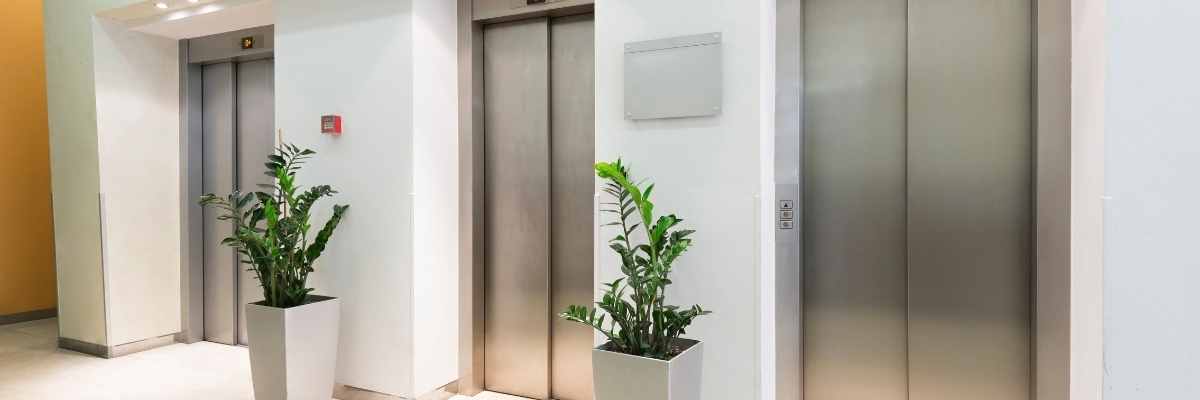
Installing a lift in a community of owners isn’t compulsory. However, if those in your building don’t agree on the installation of a lift, it’s important to know that there are circumstances in which its installation is compulsory. We explain everything you need to know about the installation of lifts in communities of owners.
Índice de contenidos
- 1 When is it compulsory to install a lift in a community?
- 2 How many neighbours have to reach an agreement to install a lift?
- 3 Is the installation of a lift compulsory if only one of the owners requests it?
- 4 From how many floors upwards is it compulsory to install a lift?
- 5 Who has to pay for the lift in a community?
When is it compulsory to install a lift in a community?
Since 4 December 2017, the installation of lifts has been compulsory in the construction of residential buildings. In addition, according to the Horizontal Property Law, it’s compulsory to install a lift in communities of owners in order to guarantee the safety, mobility, and accessibility of people over 70 years old and/or those with disabilities or reduced mobility. However, the reality is that the majority of old buildings don’t have one.
How many neighbours have to reach an agreement to install a lift?
It will be compulsory to install a lift in a community of owners when the majority of the neighbours (if they represent the majority of the ownership shares) vote in favour of the installation. In this case, the votes of those absent will be deemed to be in favour of the installation of the lift, as long as they don’t state their disagreement within 30 days of being notified (Horizontal Property Law art. 17.2).
Is the installation of a lift compulsory if only one of the owners requests it?
In order for the installation to be compulsory in this case, the following requirements must be met:
- The requesting party must be an owner with disabilities or be over 70 years of age.
- People with disabilities, reduced mobility, or people over 70 years of age live, work, or volunteer in the requesting party’s home.
- The costs of the work for the installation of the lift must not exceed 12 monthly payments of ordinary communal expenses.
Exceptions to the installation
An exception to the compulsory installation of the lift would be when it isn’t possible due to the configuration of the building or when the installation involves the alteration of other common elements or is directly detrimental to any of the owners.
From how many floors upwards is it compulsory to install a lift?
This is a very frequent question. Nowadays, there are many old buildings that require the installation of a lift. According to the National Building Regulations (regulation 010), the installation of a lift is compulsory from five storeys upwards. However, it’s important to note that for existing buildings, the mobility circumstances of the owners will always take precedence.
Who has to pay for the lift in a community?
The agreement for the distribution of the installation costs must be approved by an absolute majority of owners and ownership shares. This cost must be distributed depending on the situation. If a majority has been obtained, the cost will be distributed based on the ownership share of each owner. If the request for the installation of the lift has been made by a single owner, the law obliges all the neighbours to pay the amount, as long as this amount does not exceed 12 ordinary monthly payments of communal expenses.
It should be kept in mind that, as the adaptation of buildings to improve their accessibility is compulsory, there are public subsidies for the financing of this work. Nevertheless, the owners are the ones who will have to pay for the installation and maintenance of the lift, even if they have voted against it.
Every year, autonomous communities offer subsidies for the installation, modernisation, rehabilitation, and repair of lifts from which you can benefit. Consult your local council or your autonomous community’s website or offices. In this way, you can be informed about the latest news on these subsidies, as they’re not available all year round. Your property administrators Mediterráneo will help you with the process and provide all the information you need.